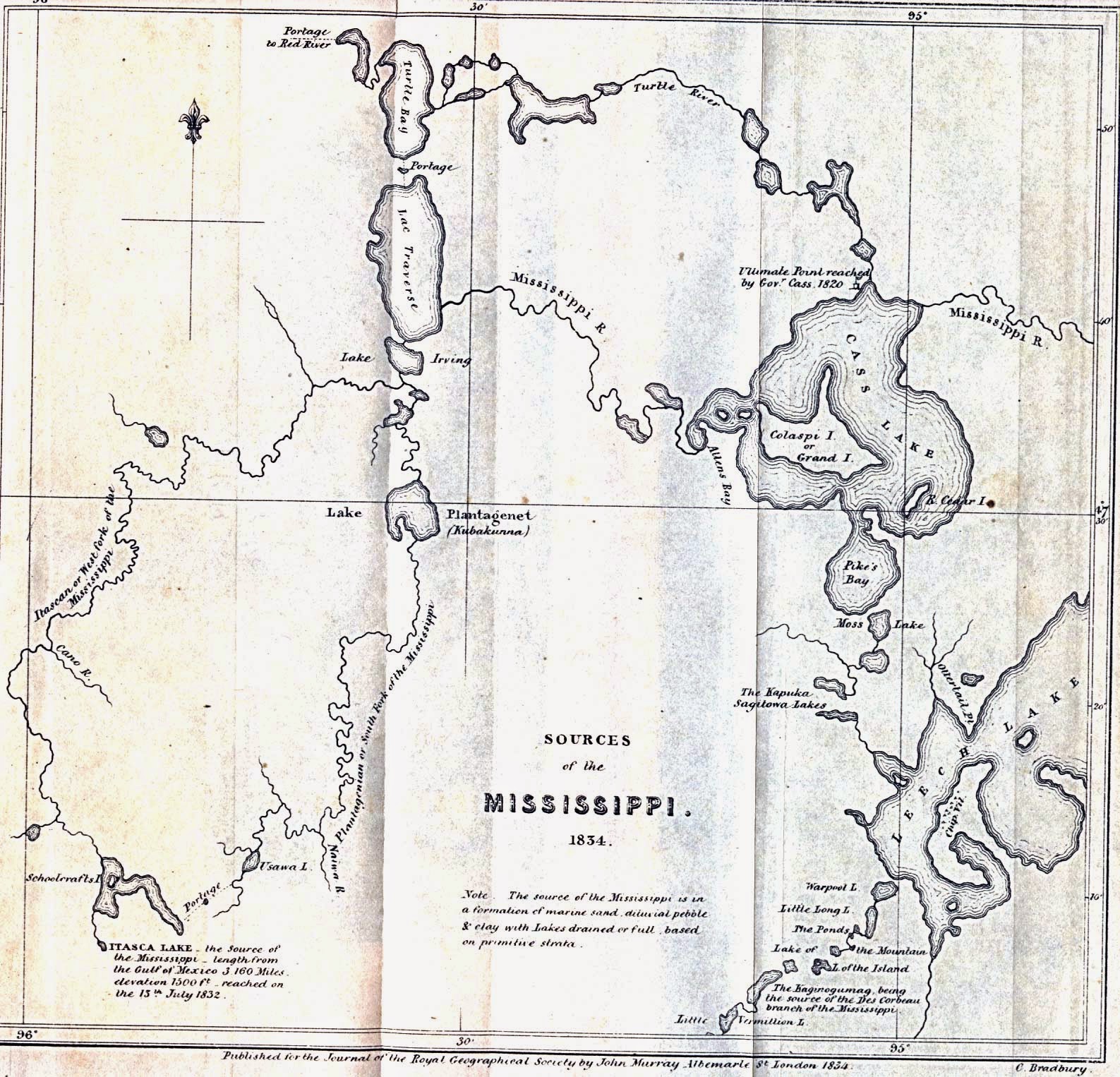President Jackson requests first utilization of US troops to stifle a work questioN
ON 29TH JANUARY 1834 - President Jackson requests first utilization of US troops to stifle a work question
In the first a large portion of the nineteenth century the Industrial Revolution was busy's stature. To backing the fast development of industry, transportation was likewise extending, particularly trenches and railroads. On January 27, 1827, the Virginia General Assembly passed a demonstration fusing the Chesapeake and Ohio Canal Company. The C&o was to assemble a channel nearby the Potomac River interfacing Chesapeake Bay with the Ohio River. Development moved rapidly from the start. However the channel's advancement was deferred when Irish workers brought down apparatuses to challenge the ghastly living up to expectations conditions they needed to continue. Andrew Jackson - famously accepted to be a champion of the regular man - tackled the part of strikebreaker and favored the executives. He sent U.s. troops to the development locales to curb the laborers. It was the first activity of its kind by an American president.
On this day in 1834, Andrew Jackson turns into the first president to utilize government troops to suppress work distress.
Laborers assembling the Chesapeake and Ohio Canal were revolting in view of steady poor working conditions and low pay. The channel venture, at first outlined by George Washington, was planned to simplicity transportation of products from the Chesapeake Bay to the Ohio River Valley. Freight ships exploring the Potomac River, the fundamental channel between the Chesapeake and inland conduits, were compelled to battle with testing rapids and tributaries, which impeded American trade. As right on time as 1772, George Washington got a sanction from the settlement of Virginia to overview interchange courses from the Potomac—he imagined a trench that would sidestep the stream's rapids and falls. Washington's arrangement included building bolts that brought scows at expansions up in height. Hindered by the American Revolution, Washington came back to the task after the war and sorted out the Patowmack Company in 1785. The Patowmack Company fabricated a few trenches along the Maryland and Virginia shorelines—builds later regarded the lock frameworks at Little Falls, Maryland, and Great Falls, Virginia, creative in idea and development. Washington now and then even directed the frightening, risky work himself, which involved the evacuation of earth and stones by physical work.
After Washington's passing, the Patowmack Company collapsed. Nonetheless, in 1823, administrators, business pioneers and designers held a tradition in the money to resuscitate and extend the channel venture. With arrangements to attain to a safe inland conduit course to the Ohio River, the recently sanctioned Chesapeake and Ohio Canal organization started development in 1828. President John Quincy Adams ceremoniously kicked things off on what turned into an endeavor laden with budgetary challenges and continuous work stoppages. The unbelievably rough ground demonstrated about difficult to uncover and years of moderate advancement sent expenses taking off. Likewise, property managers battled the channel's entry through their territory, worsening the circumstances.
Development groups comprised essentially of Irish, German, Dutch and dark specialists who, with primitive instruments, were compelled to work extended periods for low wages in perilous conditions. Sustained up, the laborers revolted on January 29, yet were rapidly put around government troops. The move set a risky point of reference for future work administration relations. At the point when work uprisings expanded to and into the turn of the century, business pioneers were sure about the learning that they could turn to neighborhood, state or central government pioneers to take off work turmoil. In spite of the fact that work continued on the Chesapeake and Ohio Canal, the undertaking was at last surrendered in 1850, with the most remote range of the trench finishing at Cumberland, Maryl




Comments
Post a Comment